After nearly 90 years, technology may have finally solved one of history’s greatest aviation mysteries.

On July 2, 1937, Amelia Earhart and her navigator Fred Noonan vanished over the Pacific during their attempt to circumnavigate the globe. Decades later, the mystery persists. In 2025, researchers from Purdue University and the Archaeological Legacy Institute (ALI) announced they will launch an expedition to the remote island of Nikumaroro to examine a “visual anomaly” in lagoon imagery. Dubbed the Taraia Object, this object appears in satellite, aerial, drone, and video footage, and may represent parts of Earhart’s missing Lockheed Electra. The expedition aims to verify whether the Taraia Object truly is wreckage—and perhaps bring closure to one of history’s most enduring aviation mysteries.
1. The Taraia Object First Appeared in Satellite Images
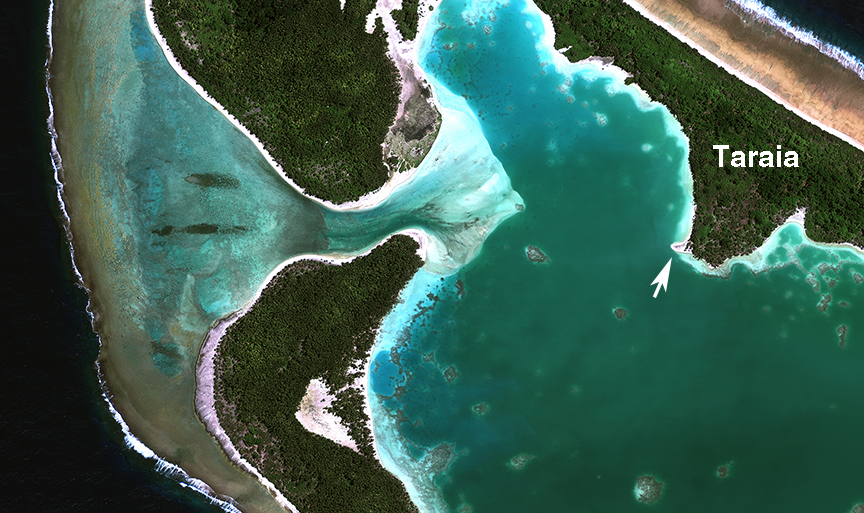
The anomaly was first flagged in satellite images captured after Tropical Cyclone Pam passed near Nikumaroro in 2015. Storm activity may have shifted sediment, exposing metallic shapes below shallow lagoon water. The object’s reflectivity and geometry caught researchers’ attention as potentially matching aircraft fuselage dimensions.
Reviewing imagery from 2009 to 2024, researchers compiled a time series showing the anomaly’s appearance, shape, and consistency in location. The fact that the object becomes less defined over time suggests it may be buried under accumulating sediment—consistent with a long-submerged wreck hypothesis rather than floating debris or natural feature, CNN shared.
2. The 2025 Expedition Will Test the Hypothesis On Site
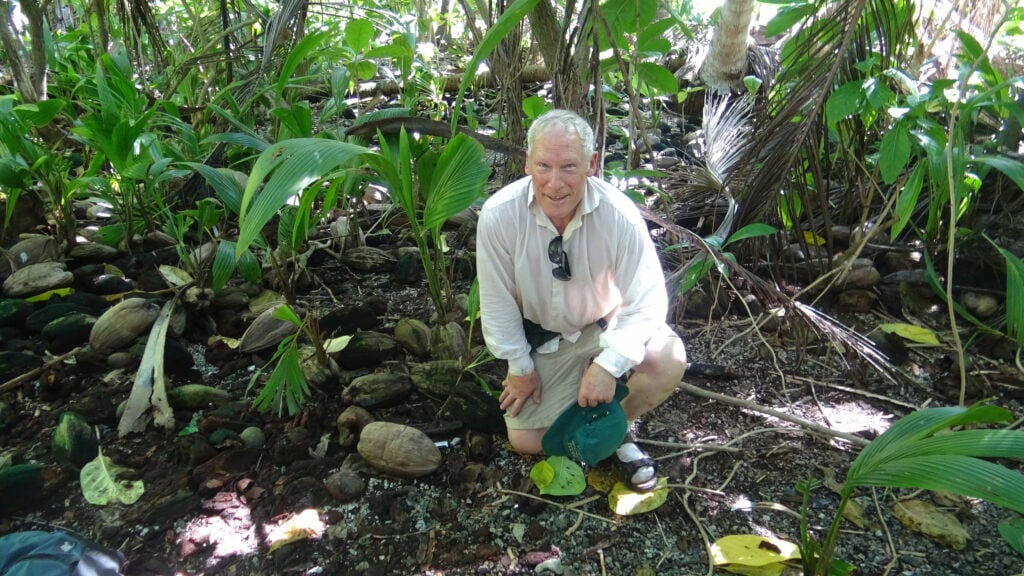
Purdue and ALI plan a field mission to Nikumaroro in November 2025 to dive, map, and sample around the suspected site. The five-day on-site phase will include underwater inspections, sediment coring, metal detection, and photographic documentation. If the object proves consistent with aircraft materials, a larger excavation may follow in 2026.
The mission is named the Taraia Object Expedition, emphasizing its goal: to confirm or refute whether this “visual anomaly” is part of Earhart’s aircraft. Leaders acknowledge prior failed expeditions and the challenges of working in dynamic marine environments, according to AOL.com.
3. The Electra’s Dimensions Match the Anomaly’s Shape
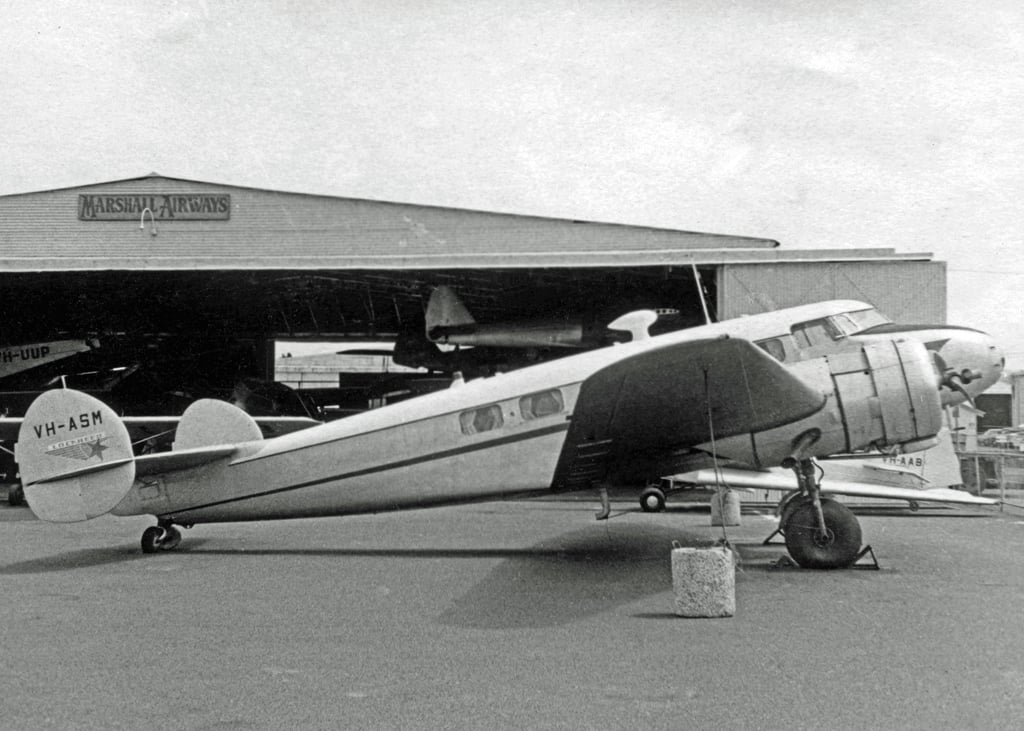
One compelling factor is that the object’s size and outline appear to align with the fuselage and tail section of the Lockheed Model 10-E Electra—the same plane flown by Earhart. In some images, the structure looks reflective and rigid, not like coral or rock.
If confirmed, this alignment would strengthen the case that the anomaly is not a natural reef formation. But because satellite imagery can distort perspective and scale, in-field measurements and material sampling will be essential to validate any match, as reported in KTLA.
4. Nikumaroro Is a Leading Candidate Site for Earhart’s Fate
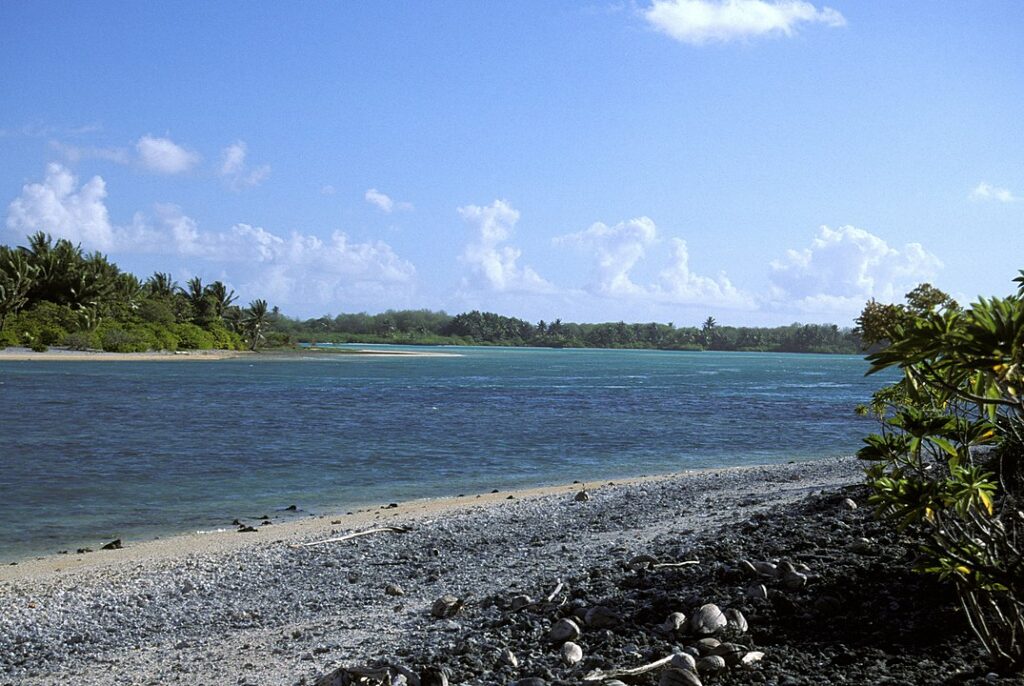
Nikumaroro (formerly Gardner Island) is among the most widely studied landing-site theories. Earhart’s projected flight path roughly aligned with it, and past searches have turned up artifacts—such as U.S. bottles and campfire traces—that may date to her era.
Some forensic researchers have also reanalyzed bone measurement records from skeletal remains found there in 1940. One 2018 study concluded those bones were closer to Earhart’s dimensions than 99 percent of a large reference population. Still, the actual bones are lost, and the conclusion remains contested.
5. Prior Identifications of Aircraft Material Provide Context
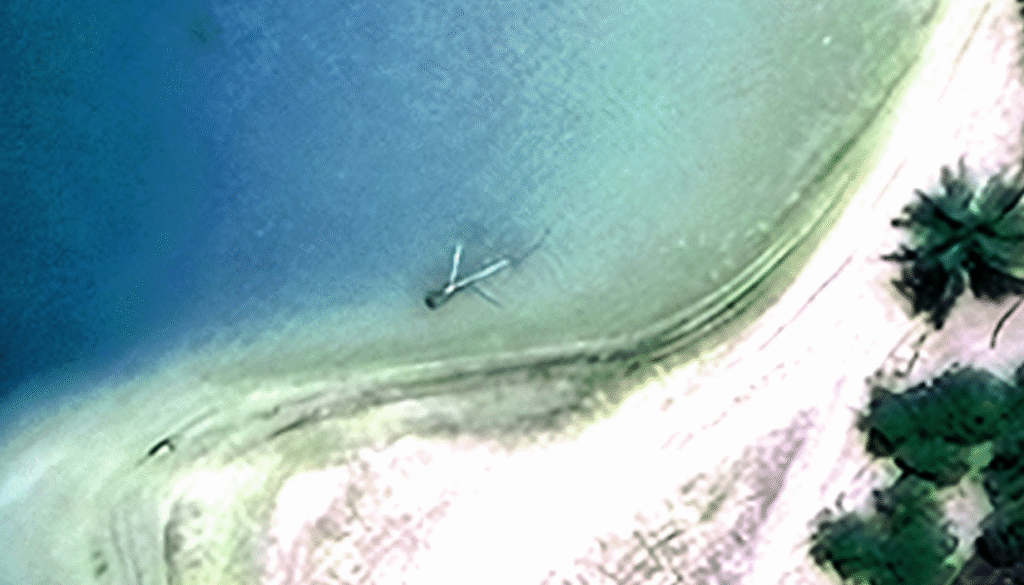
In earlier decades, researchers credited an aluminum panel found on Nikumaroro as a possible Electra part, citing rivet patterns matching those in pre-flight photos of Earhart’s plane. That claim has faced criticism, with skeptics noting that the panel may have matched a different aircraft type.
Spectral and forensic analysis of that panel has been proposed—techniques such as hyperspectral scanning could detect metal composition, corrosion patterns, and tool marks possibly linking it to the Electra. So far, results remain inconclusive.
6. The Taraia Object Has Not Remained Stationary

Interestingly, the anomaly appears sharper and more distinguishable in earlier images but gradually becomes more obscured in recent imagery. This suggests sediment drift or biological growth may be burying or masking the feature.
The cycle of exposure and concealment is consistent with lagoon dynamics—storms, tides, and coral growth can shift the seafloor over time. The narrowing clarity over decades underscores the importance of timing in archaeological probing.
7. The Search Carries Risks and Complexities
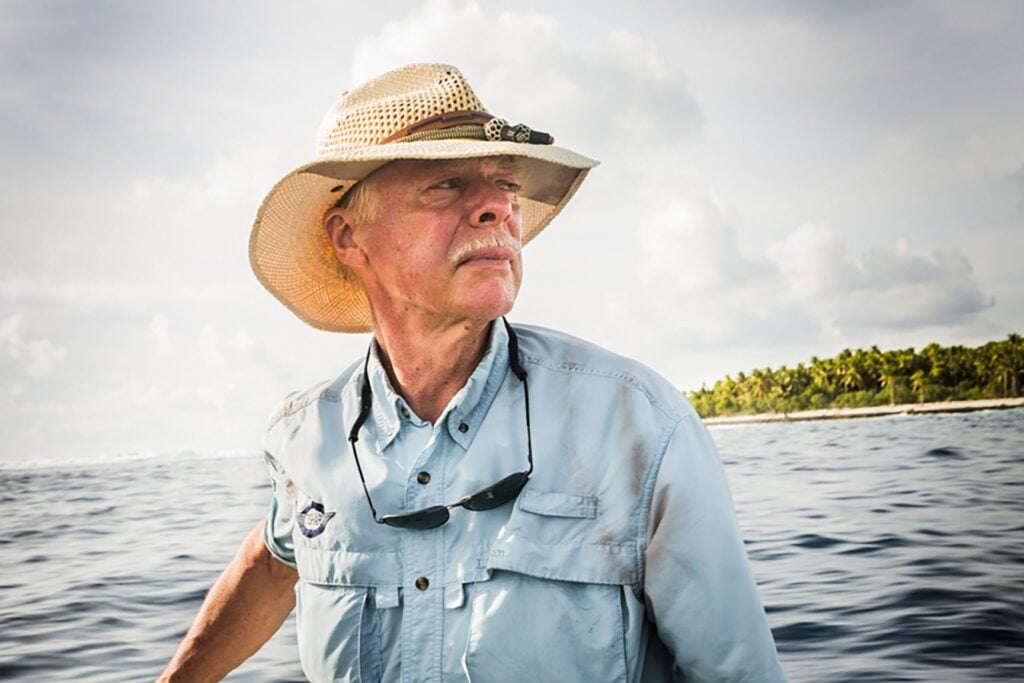
Surveying submerged wreckage in a dynamic lagoon presents serious logistical obstacles: visibility, water currents, sediment clouds, coral damage, and equipment limitations all pose challenges. Marine archaeologists must also avoid harming reef ecosystems while digging.
Moreover, distinguishing man-made metallic parts from naturally reflective rocks or coral structures requires precise instrumentation—magnetometers, side-scan sonar, spectrometers, and diver-operated cameras. False positives are a major concern.
8. Previous Expeditions Have Failed to Produce Conclusive Proof
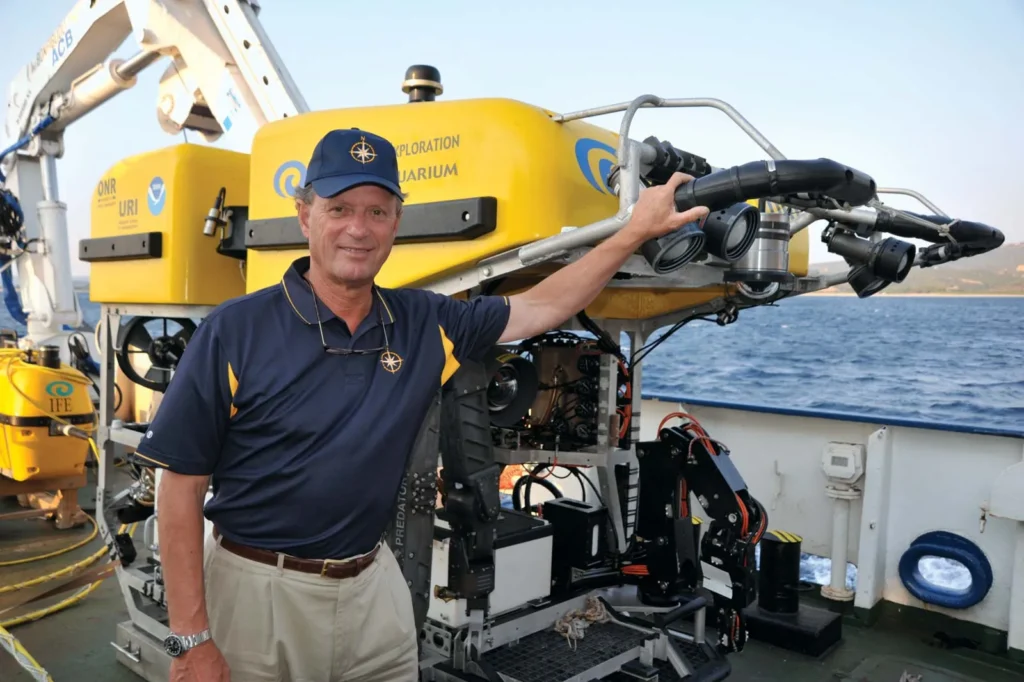
Multiple expeditions over decades—including those led by TIGHAR and explorers like Robert Ballard—have searched Nikumaroro but have not definitively identified Earhart’s plane. Some found promising shapes or metal anomalies, but none yielded corroborated aircraft parts.
For example, in 2019 Robert Ballard’s expedition conducted deep scans and cliffside searches. Despite advanced equipment, they concluded no conclusive wreckage was located during their time. Skeptics argue that if wreckage existed in those scanned zones, it should have been detected.
9. Some Evidence from Artifacts and Remains Supports the Island Theory
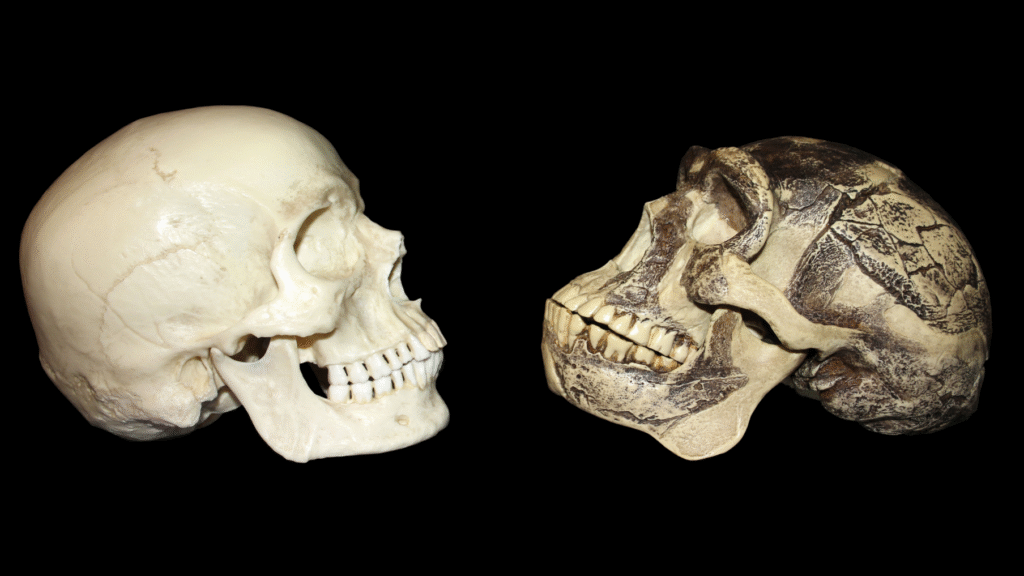
Artifacts recovered in mid-20th century surveys include a woman’s shoe, a medicine vial, and a bottle of freckle cream—all items consistent with Earhart’s documented personal gear. While none prove her presence, they form an intriguing circumstantial record.
Additionally, archival anthropological work measured human skeletal remains found in 1940 on Nikumaroro. Though the original bones are lost, modern statistical analyses of the measurements show a surprisingly close match to Earhart’s heights and proportions—adding weight to the Nikumaroro hypothesis, though not conclusively.
10. If Confirmed, It Would Be the Greatest Aviation Discovery in History
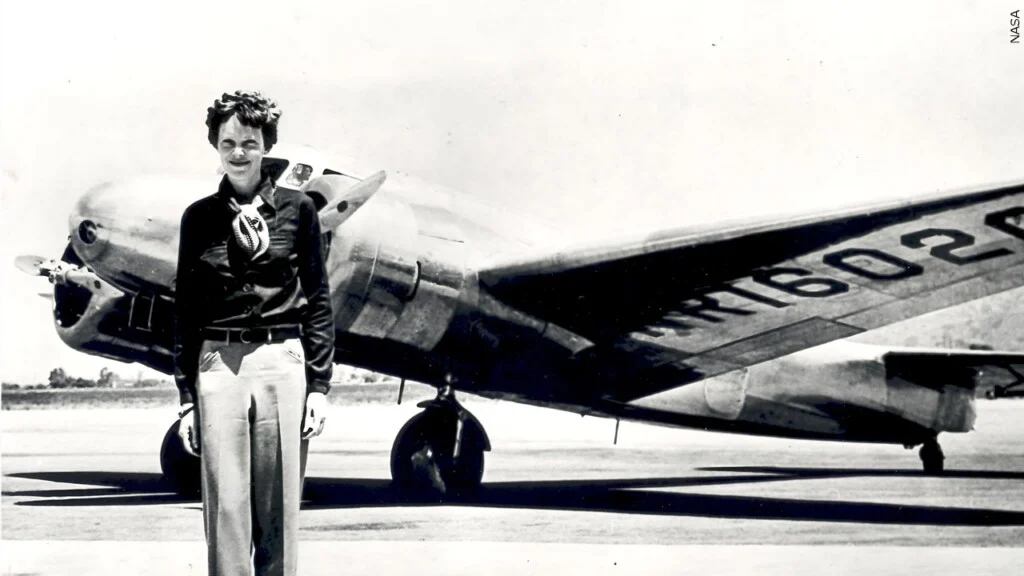
Finding the remains of Earhart’s plane would resolve one of the 20th century’s greatest mysteries, allowing historians to reconstruct the final chapter of her flight. The Electra’s recovery could yield engineering data, personal artifacts, and forensic insights into her fate.
Beyond new knowledge, it would provide closure to generations of enthusiasts, scholars, and descendants. The search underscores how scientific and archaeological tools continue evolving in the quest to answer a disappearance that has haunted aviation history for nearly a century.
11. Skepticism and Caution Still Dominate the Debate
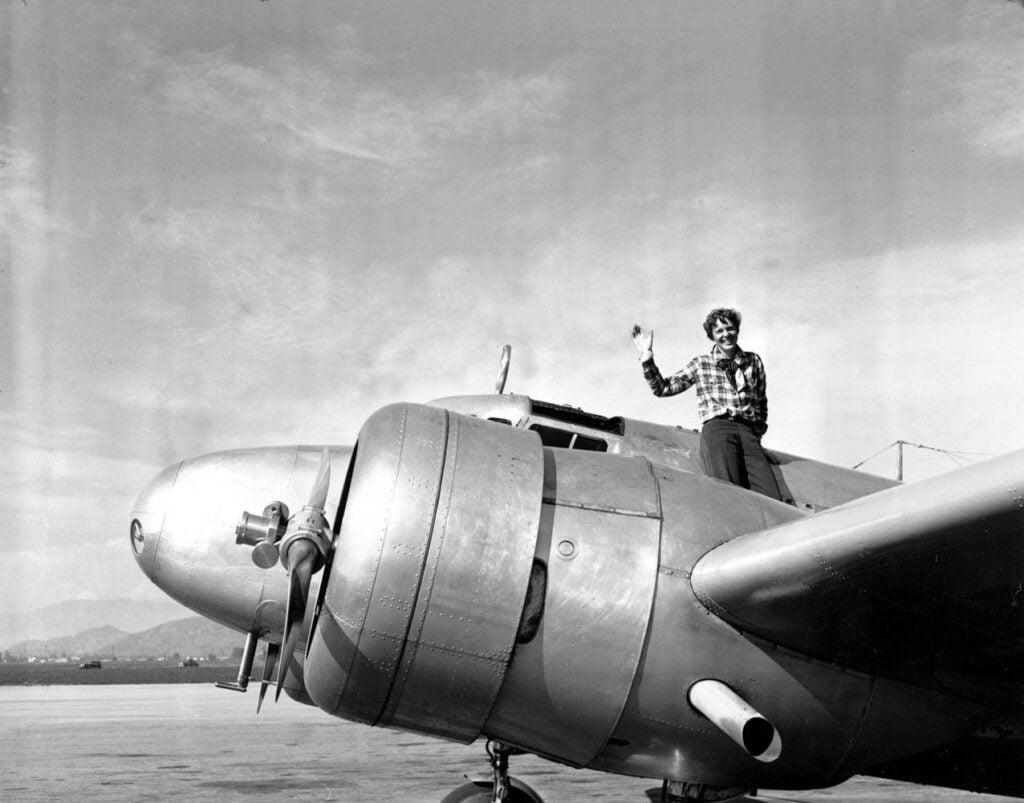
Despite excitement over the Taraia Object, many aviation historians and researchers remain cautious. Ric Gillespie, head of TIGHAR (the International Group for Historic Aircraft Recovery), has led numerous Nikumaroro searches and remains skeptical that the new anomaly will produce proof.
Critics warn that sediment dynamics, image distortions, and the human tendency to see patterns could produce false confidence. The expedition team itself acknowledges the possibility of returning empty-handed. For now, the mystery endures—but the Taraia Object may represent the most promising lead yet.
